Muscle cars and NASCAR have a storied relationship, with manufacturers creating special models to meet homologation requirements. These cars are more than just speed machines; they are legends in the automotive world. Let’s take a closer look at five muscle cars that were built specifically for NASCAR homologation.
Plymouth Superbird
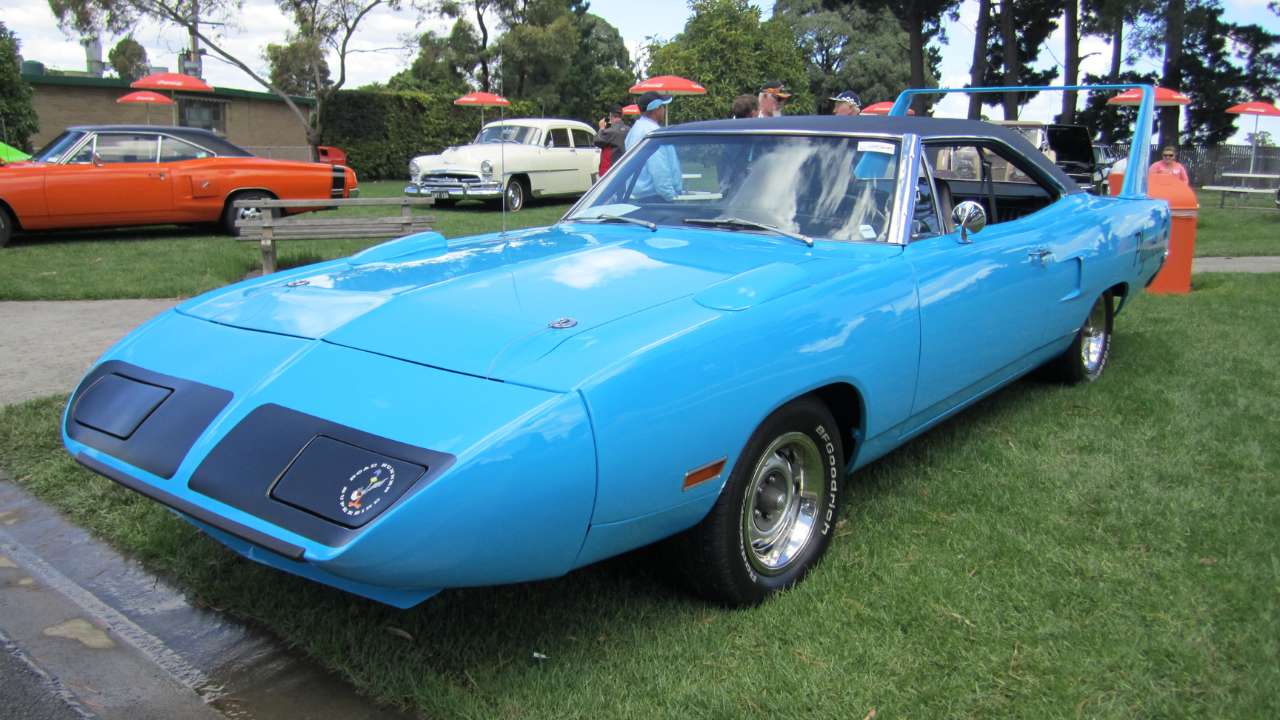
The Plymouth Superbird is perhaps one of the most iconic muscle cars ever built for NASCAR homologation. Developed in 1970, this car was a direct response to the Dodge Charger Daytona’s success. With its aerodynamic nose cone and towering rear wing, the Superbird was designed to maximize performance on the track. Under the hood, it often featured the formidable 426 Hemi engine, making it a powerhouse in both appearance and performance.
The Superbird’s unique design was not just for looks; every detail served a purpose in improving aerodynamics and speed. Despite its brief production run, the Superbird left a lasting impression on the racing world. It marked a pivotal moment in the aero wars of NASCAR during the late 1960s and early 1970s, showcasing how far manufacturers would go to dominate the tracks.
Dodge Charger Daytona
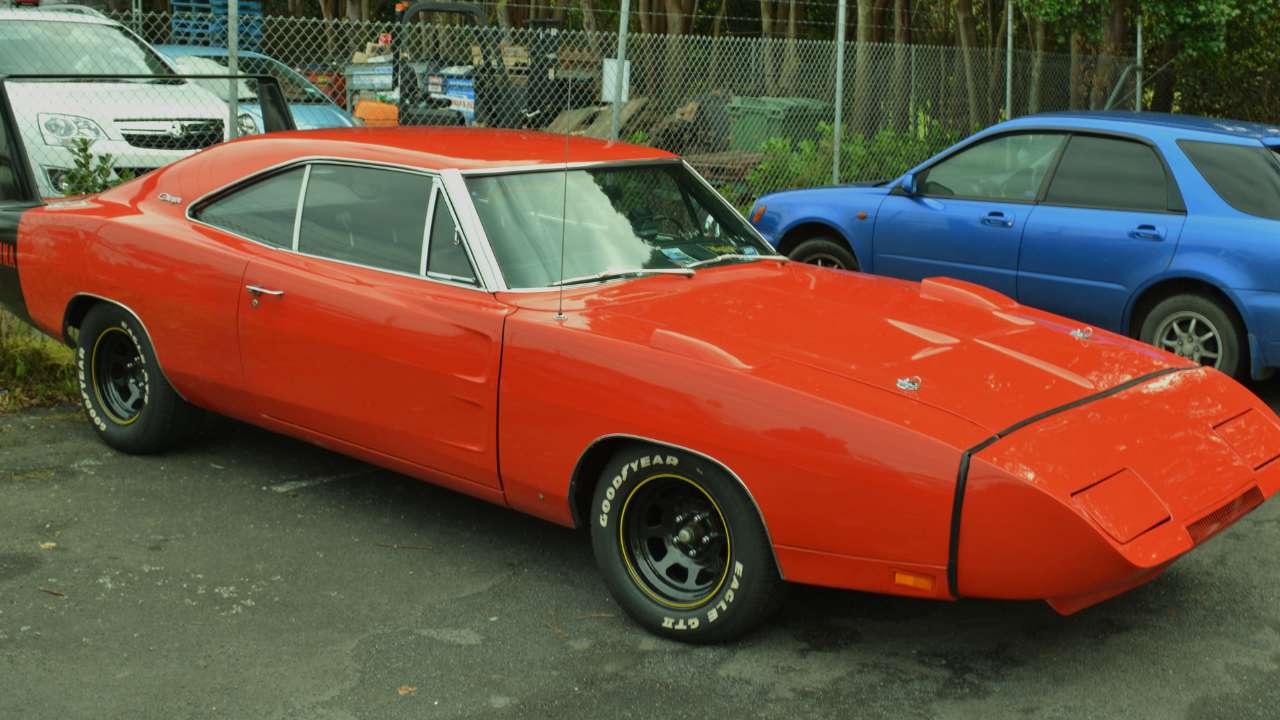
The Dodge Charger Daytona was the first NASCAR car to break the 200 mph barrier, making it a significant milestone in racing history. Built in 1969, this car was Dodge’s answer to the competitive edge needed in NASCAR. Its distinctive features include a pointed nose and an oversized rear wing, both designed to improve the car’s aerodynamics.
The Charger Daytona wasn’t just about speed; it incorporated advanced engineering techniques that set new standards for performance vehicles. It was powered by a range of potent engines, including the 426 Hemi and the 440 Magnum, which provided the necessary muscle to compete at the highest levels of racing.
Ford Torino Talladega
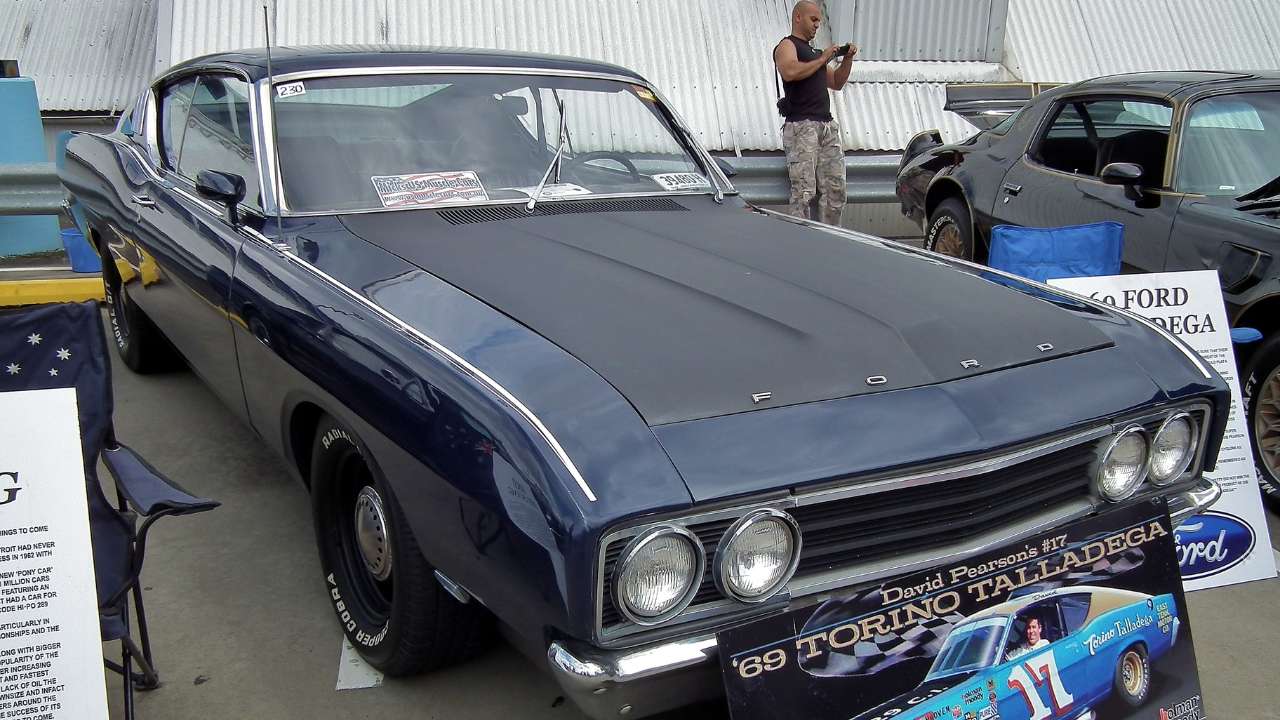
Released in 1969, the Ford Torino Talladega was Ford’s secret weapon to dominate NASCAR tracks. Named after the Talladega Superspeedway, this car was all about aerodynamics and speed. Its sleek, elongated nose and flush grille were engineered to reduce drag, helping it achieve higher speeds on the racetrack.
The Torino Talladega’s performance was backed by powerful V8 engines, including the 428 Cobra Jet. It played a crucial role in Ford securing the 1969 NASCAR Grand National Championship, proving that aerodynamics and power could make a winning combination. The car’s limited production only adds to its allure among collectors and enthusiasts today.
Chevrolet Monte Carlo SS Aerocoupe
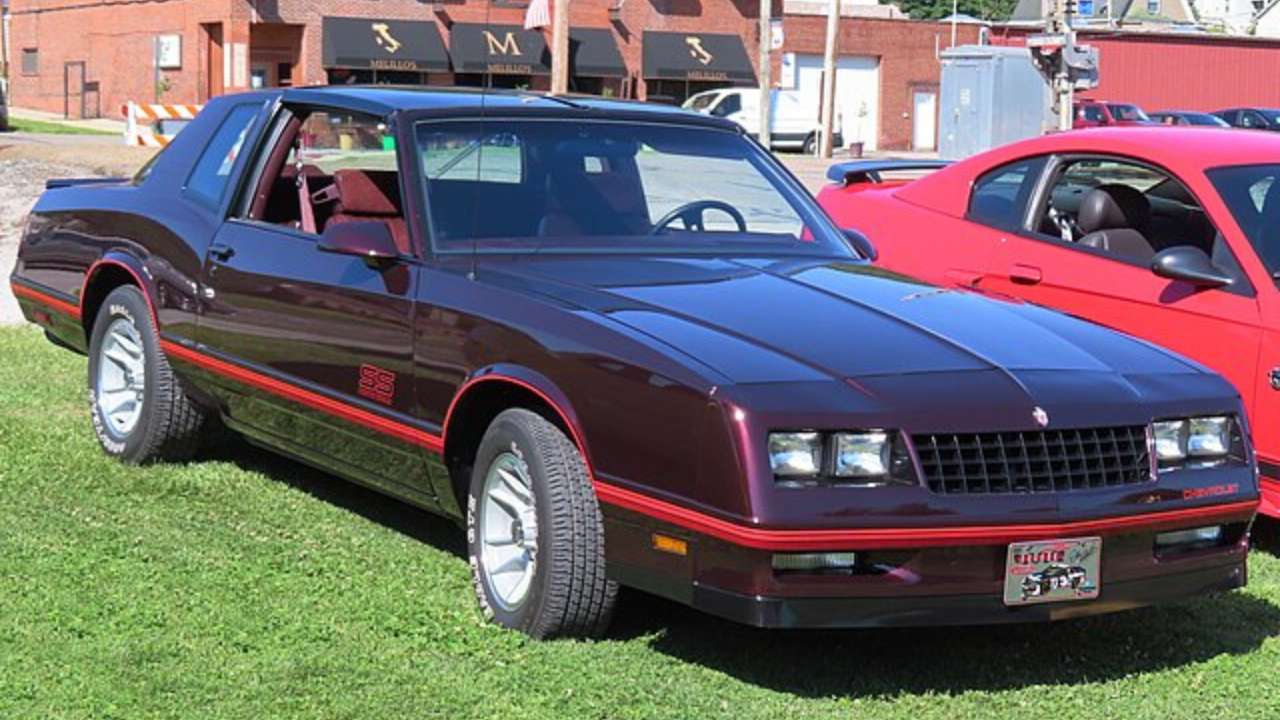
The Chevrolet Monte Carlo SS Aerocoupe was introduced in 1986 and quickly became a favorite among NASCAR fans and drivers. This special edition of the Monte Carlo SS featured a sloped rear window and a unique trunk lid, both designed to enhance aerodynamics and improve track performance.
The Aerocoupe was powered by a 5.0-liter V8 engine, providing ample power to compete effectively in NASCAR events. Its design changes were subtle but effective, allowing Chevrolet to gain a competitive edge during races. The Monte Carlo SS Aerocoupe is a testament to Chevrolet’s commitment to blending style with performance in the world of racing.
Mercury Cyclone Spoiler II
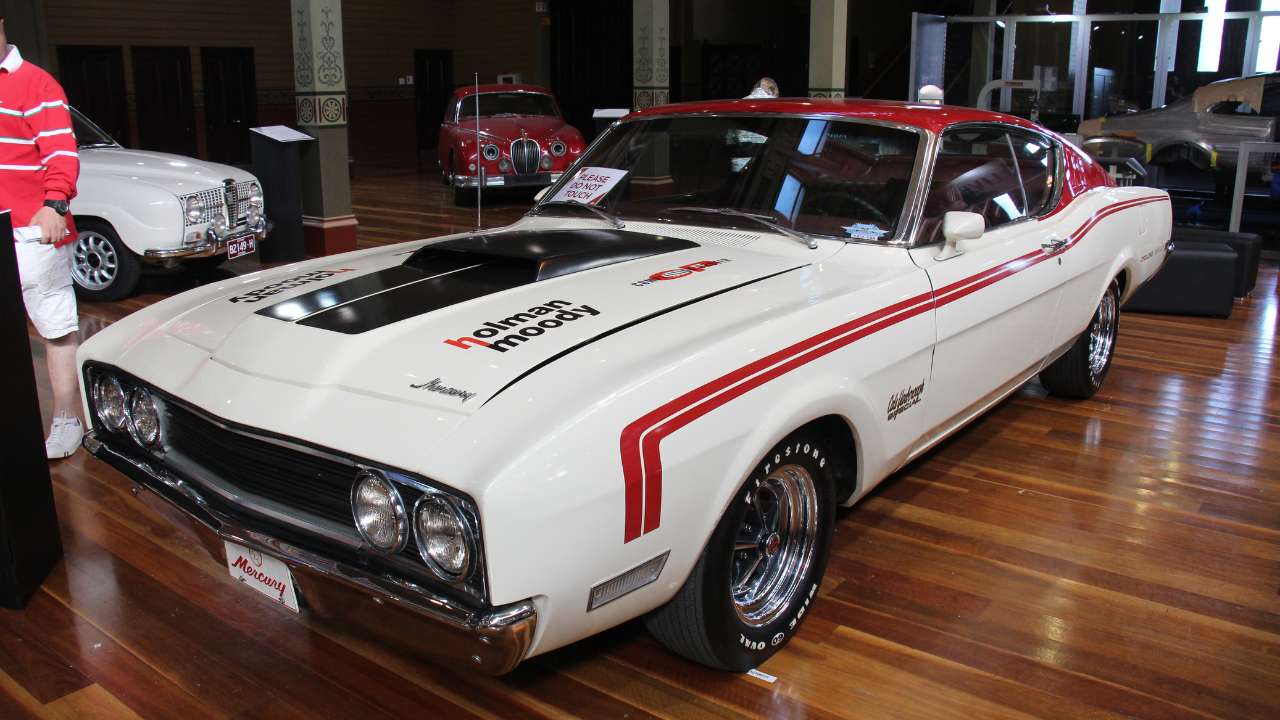
The Mercury Cyclone Spoiler II was a rare gem in the NASCAR homologation world, produced in 1969. It was designed to compete in the aero wars of NASCAR, featuring a streamlined front end and extended nose for better aerodynamics. This limited-production model was part of Mercury’s effort to challenge the dominance of other manufacturers on the track.
Equipped with powerful engines like the 429 Cobra Jet, the Cyclone Spoiler II delivered impressive performance capabilities. Despite its limited run, this car holds a special place in racing history, representing Mercury’s dedication to innovation and competition during a transformative era in NASCAR.
Like Fast Lane Only’s content? Be sure to follow us.
Here’s more from us:
*Created with AI assistance and editor review.

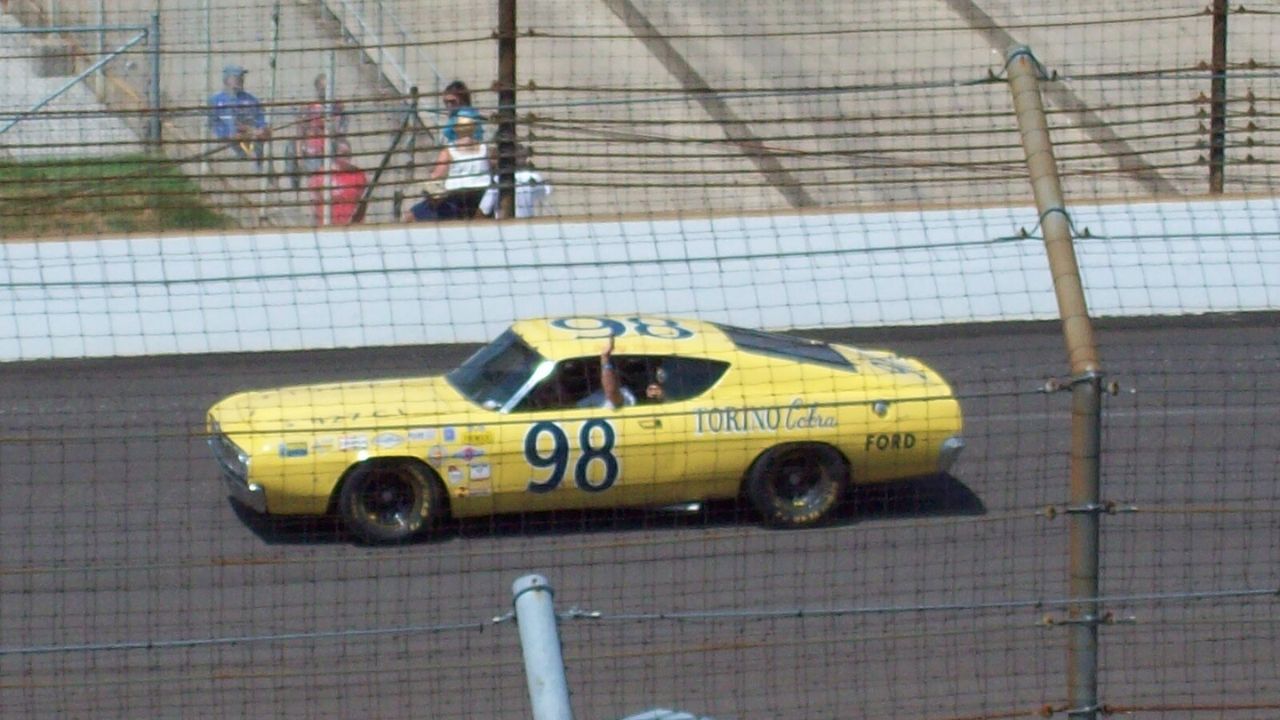
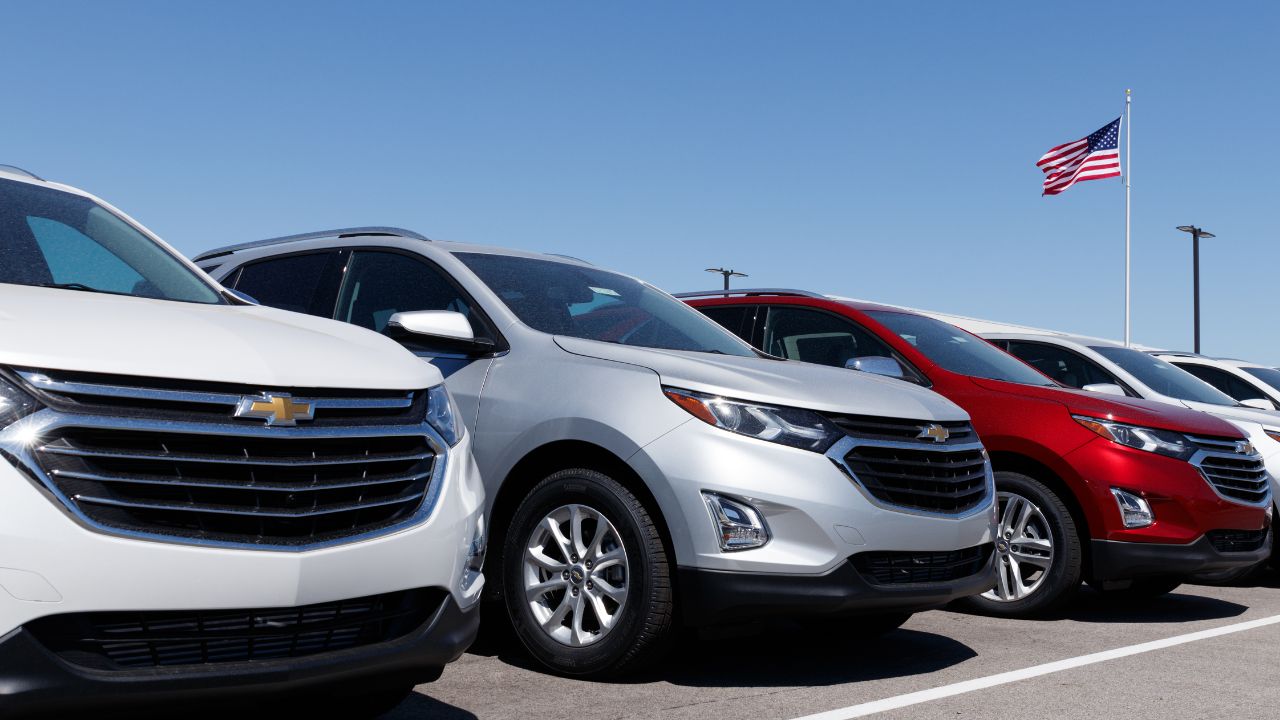
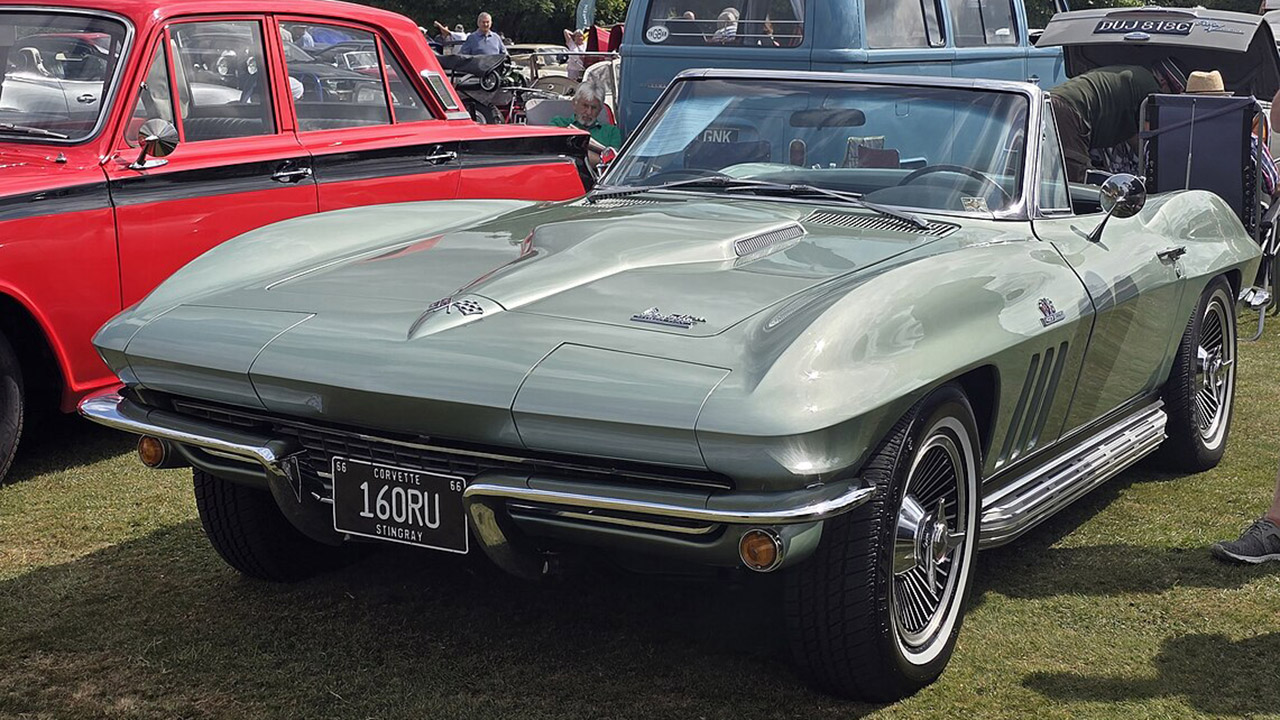

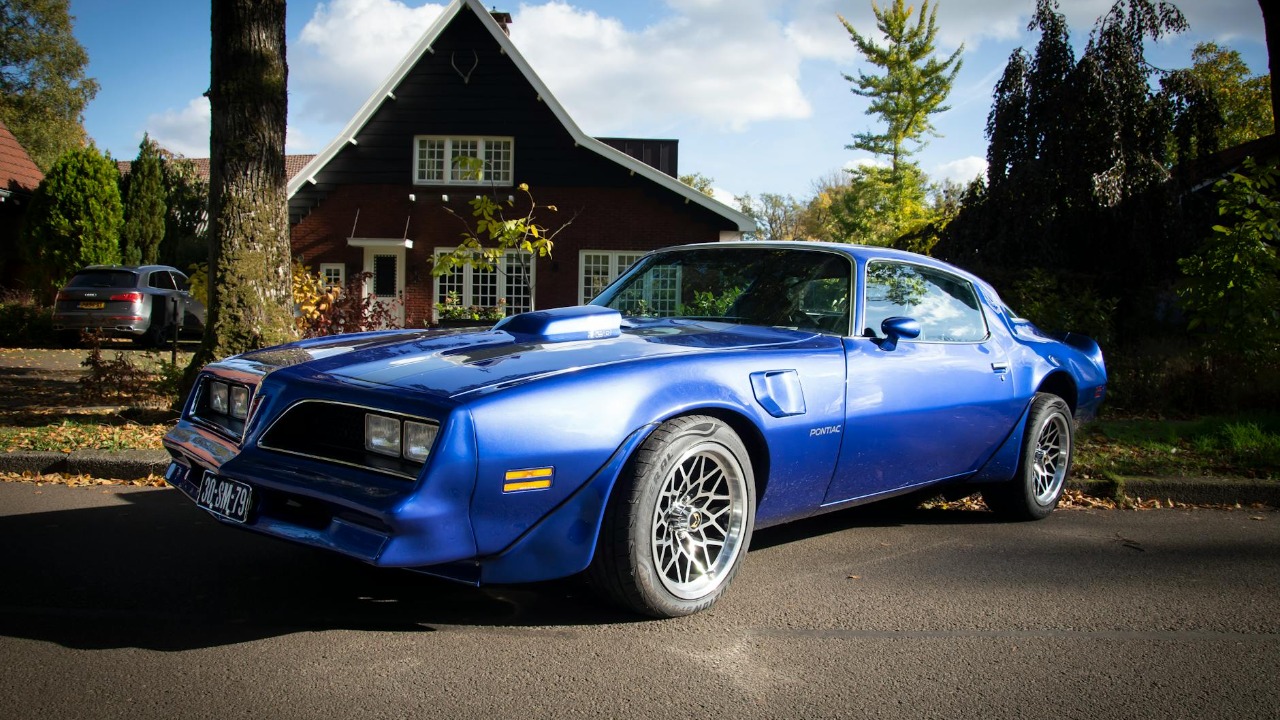
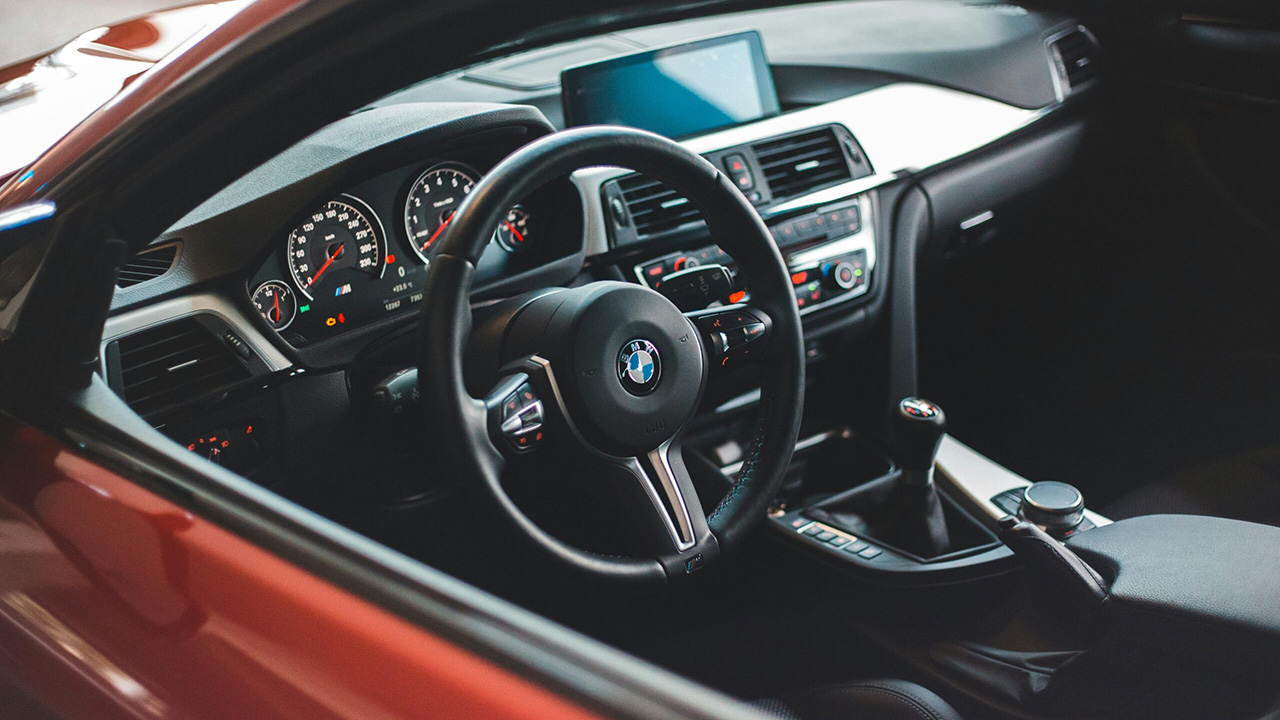
Leave a Reply